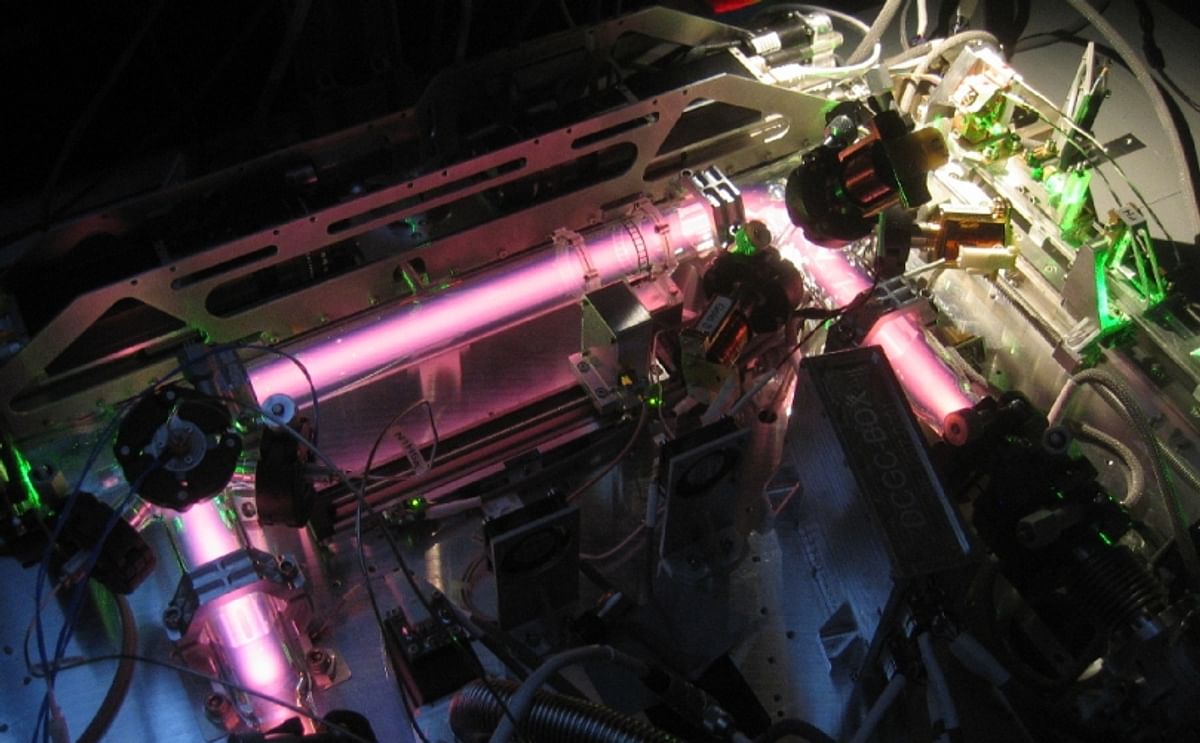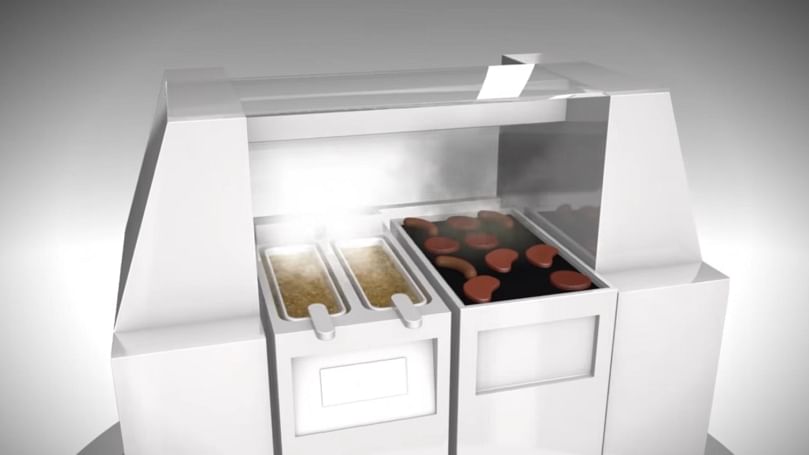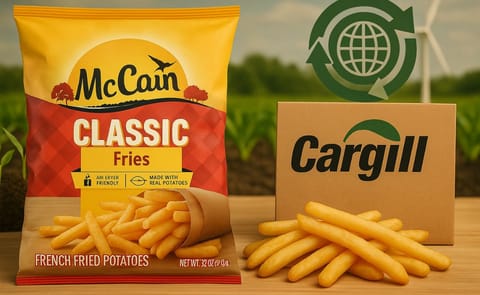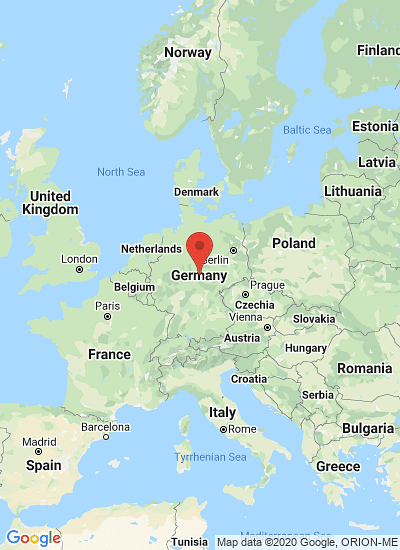Space plasma experiment on the International Space Station (ISS): The plasma odour-removing filter developed by Terraplasma is a direct result of experience gained on the International Space Station from a series of experiments funded by ESA and run in collaboration with the Russian space agency. The first of these was the very first experiment to be run on the Station. The latest is Plasma Kristall-4, shown here. (Courtesy: ESA / MPE–M. Kretschmer)
Cold plasma could make bad frying fat odours a thing of the past

Bad smells from deep-fat frying in restaurants and take-away food venues could soon be eradicated thanks to experiments funded by ESA on the International Space Station.
Cooking food such as French fries in hot fat or oil releases malodorous molecules that are extremely hard to remove or disperse.
These odours are typically destroyed in bulky and expensive commercial cooker hoods by chemicals that create ozone as a byproduct – which must be removed because of health concerns.

Cooking food such as French fries in hot fat or oil releases malodorous molecules that are extremely hard to remove or disperse
Plasma is usually a hot, electrically charged gas but it is possible to create ‘cold plasmas’ at room temperature. Cold plasma has proved to be an extremely effective bactericidal agent and can also tackle fungi, viruses and spores. It is safe to touch, which makes it attractive for many applications.
Methods for generating cold plasmas were developed at the Max Planck Institute for Extraterrestrial Physics in Germany, where the notion of using electrons to create the plasma for removing odours was patented.
Cold Plasma Discharger
(Click picture to watch video)
In the discharge units, cold plasma is created between two electrodes as the air between them is ionised.Cold Plasma Discharger (Courtesy: Terraplasma)
In this video, the discharger has a cylindrical outer electrode and a thin, rod-like inner electrode. The unit is seen here from the end, so it appears as an outer ring and an inner point.
With no magnetic field, the plasma discharge (seen here as purple) would form between random points on each electrode. However, when a magnet field is applied, the plasma spreads out into a disc, as seen when the unit is switched off and on in the middle of the video.
The most recent fourth version of this experiment is still working on the Station, making the plasma study experiment the longest-running in space.
A grant from ESA has helped to transform the knowledge into practical applications on Earth. Since 2013 Prof. Morfill has been CEO of the Terraplasma company, which has already applied the cold plasma to medical and hygiene problems, and to water treatment.
(Click picture to watch video)
Kicked off by the question “How can we avoid the bad odours from deep-fat frying in restaurants and take-away food venues?” a spin-off from cold plasma experiments on the International Space Station is now improving the air in restaurants.Cold Plasma removes frying fat odours (Courtesy: Blümchen)
The cold plasma technology is inserted into the air filter on frying stations to eradicate the particles resulting in the bad odours.
This short video illustrates how this is done in a commercial filter system.
First, the exhaust air is led through two conventional air filters, where fine dust, fat particles and humidity are removed, leaving the blue smoke, bacteria and the odour molecules.
Then the blue smoke from the burning fat is captured by the third filter.
In the fourth filter, germs and odour molecules are broken up by the cold plasma. The few particles that survive are then removed in a final carbon filter.
The output is only oxygen, water moisture and carbon dioxide.
The discharge is initially a narrow line about 1 mm thick somewhere between the electrodes, but when it is made to move rapidly by a magnetic field it spreads out to produce a plasma disc.
The foul air is then passed through this disc for cleaning.
From space to the kitchen
German EurA Consult from ESA’s Technology Transfer Programme broker network had long been aware of Prof. Morfill’s specialty and his spin-off successes at Terraplasma, and introduced the technology to Blümchen, who were seeking a better answer for industrial cooker hoods.
Johannes Schmidt of EurA Consult:
“This industry is not one that normally adopts novel technologies, but we recognised a big potential here.”Professor Gregor Morfill:
“It helps that both companies are open-minded, think creatively and can work fast to bring a new development to market.”
“The new design works by using electrons within the plasma to neutralise odours.”
“The thin plasma sheet breaks the offending molecules up into harmless components that do not smell and do not need to be extracted afterwards.”
“It’s also about a thousand times faster than the traditional chemical method.”
Like to receive news like this by email? Join and Subscribe!
Get the latest potato industry news straight to your WhatsApp. Join the PotatoPro WhatsApp Community!
Sponsored Content
Sponsored Content
Sponsored Content
Sponsored Content










